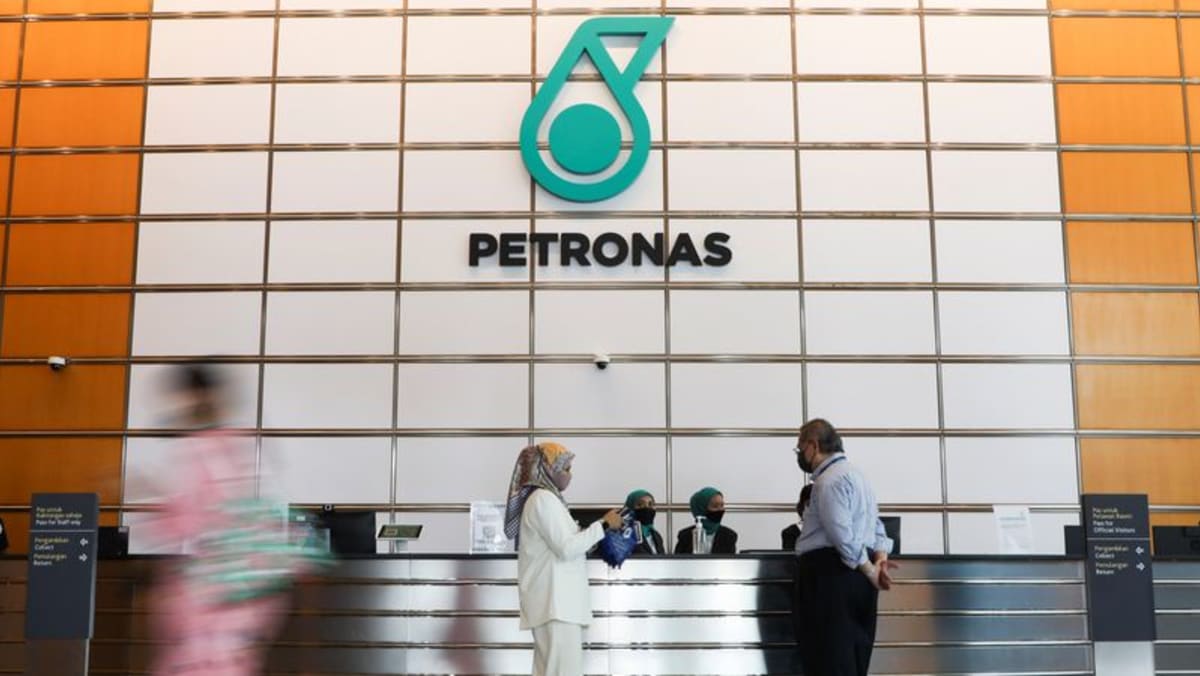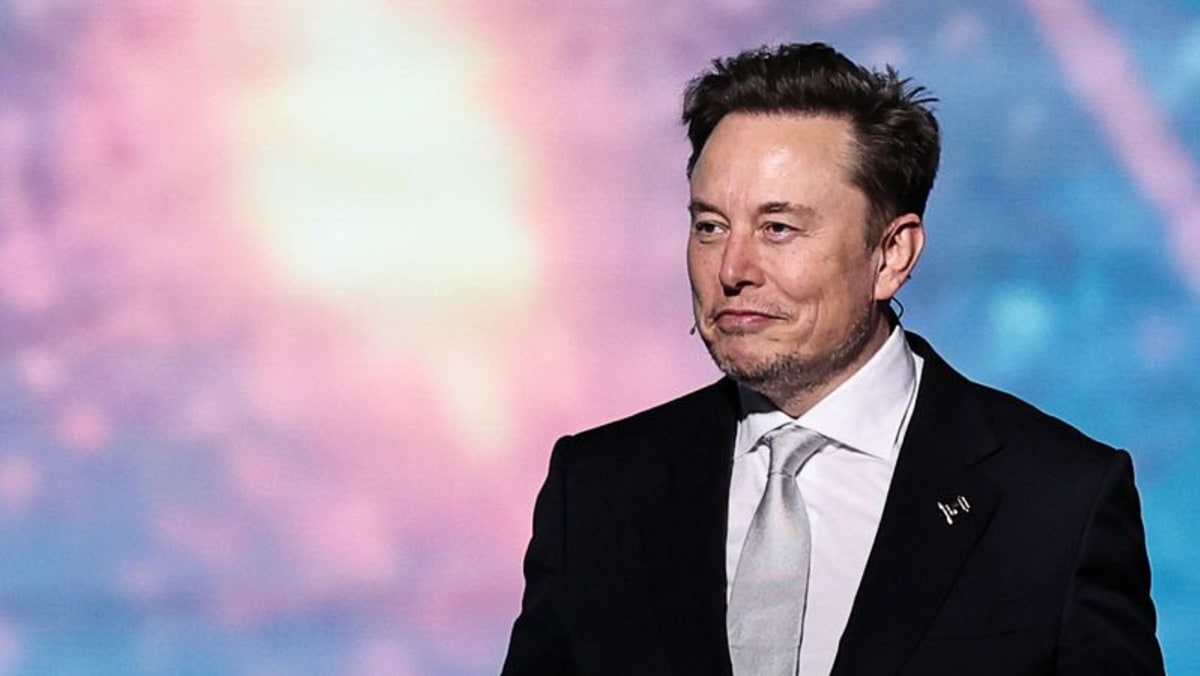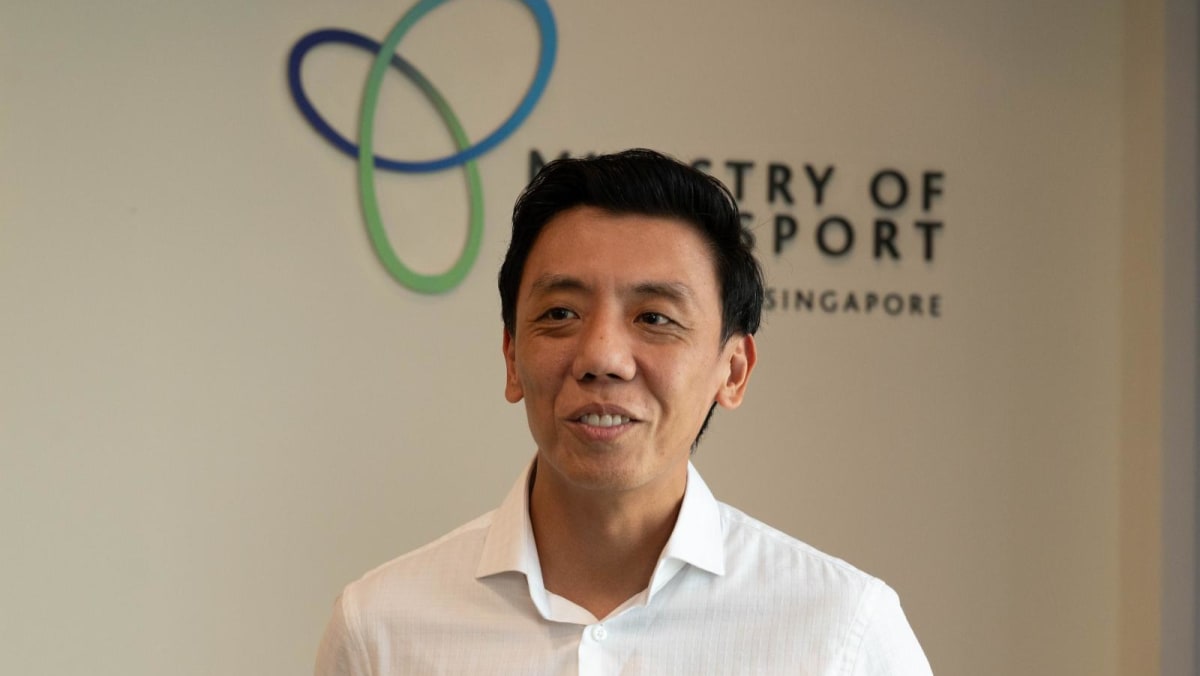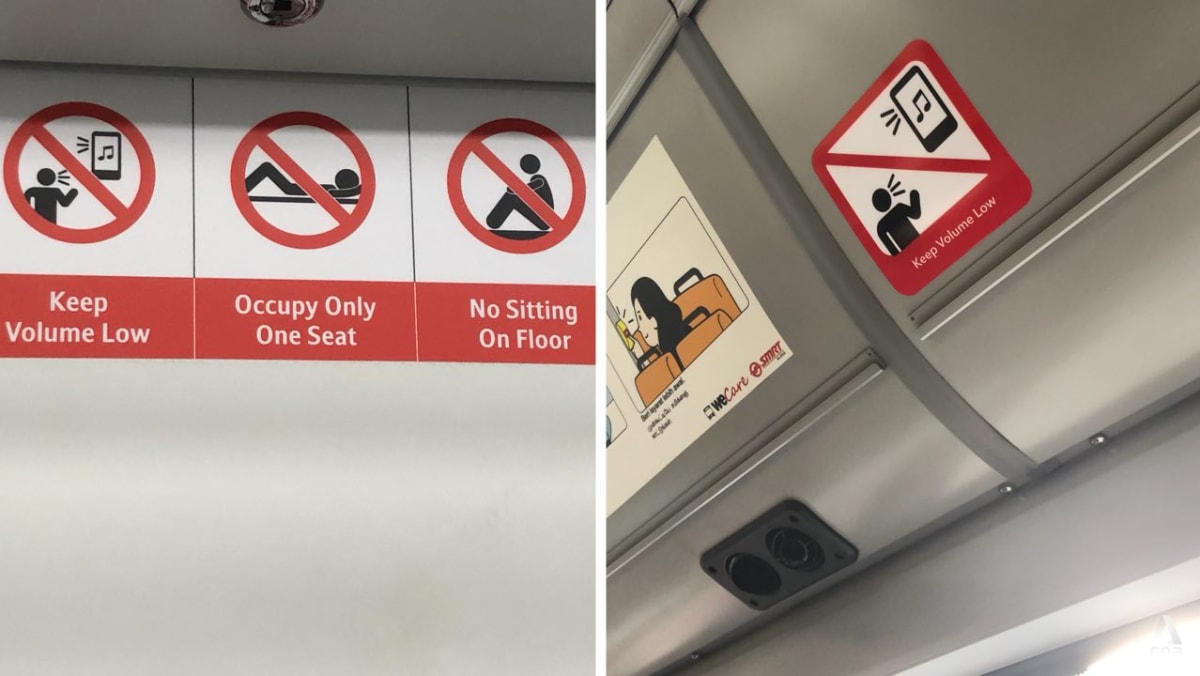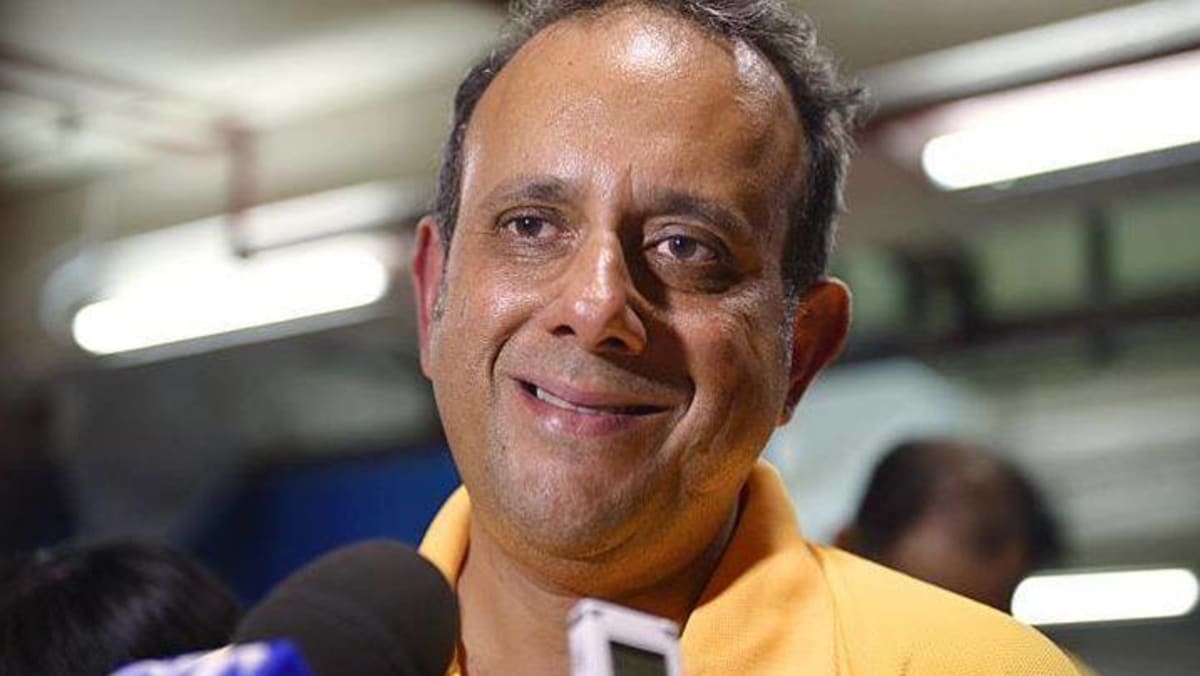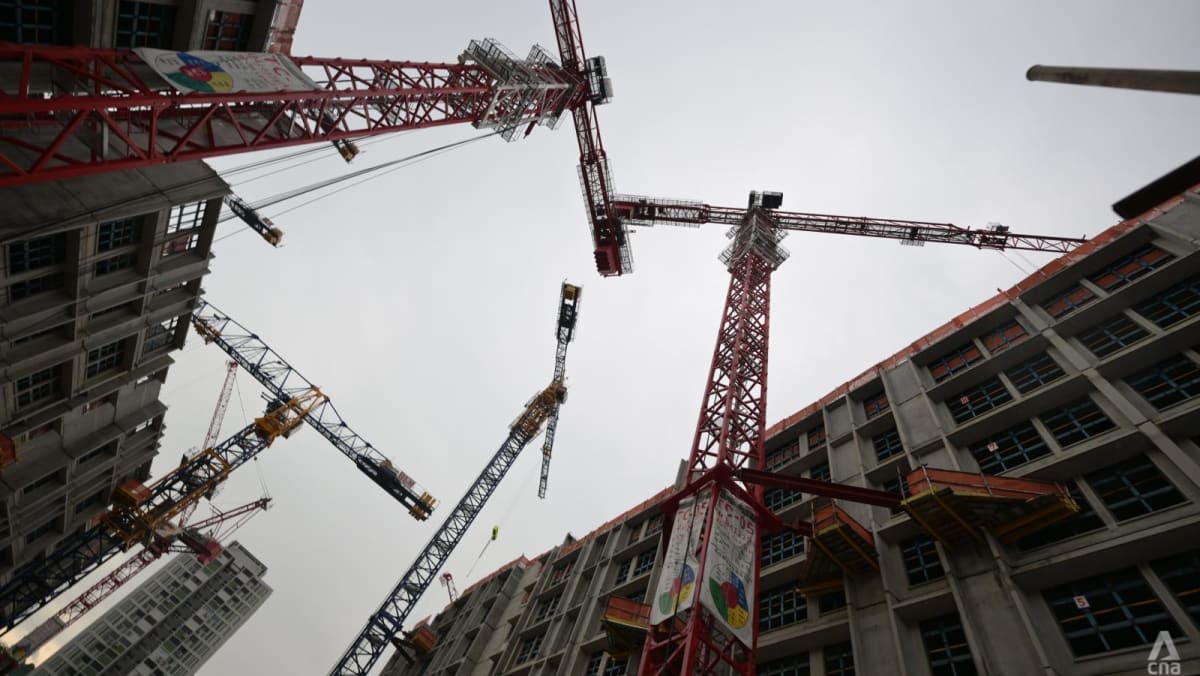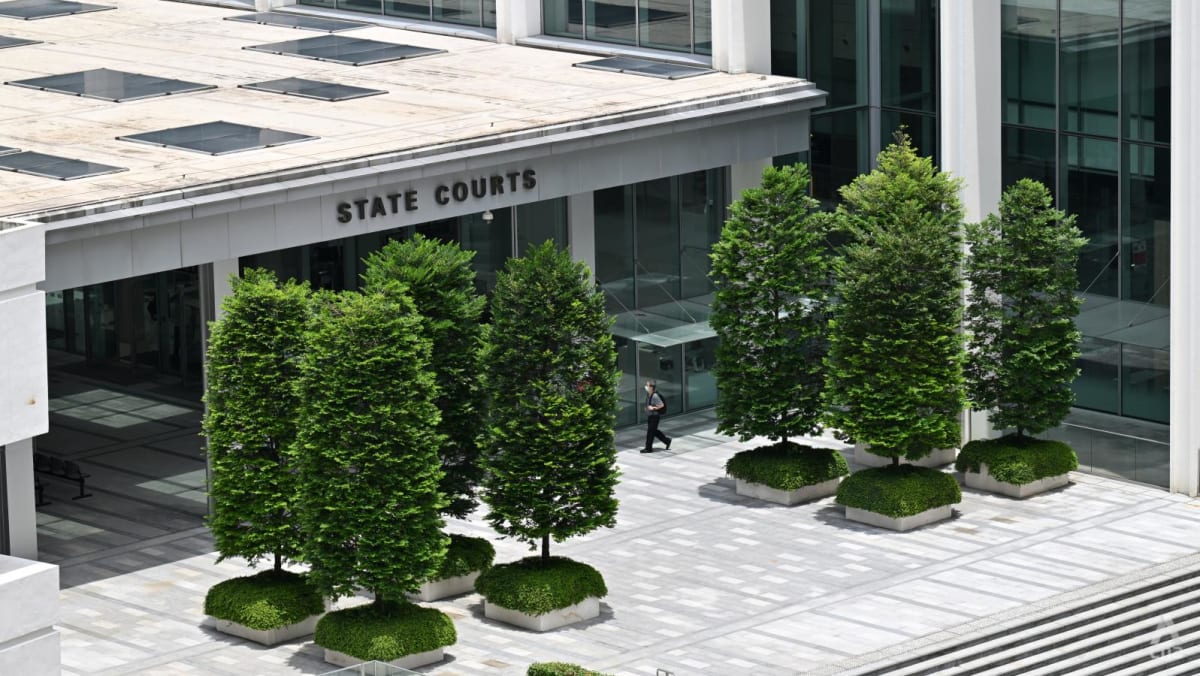ON PHV DRIVERS’ WORKING HOURS
Mr Siow was also asked if more could be done to manage the working hours of private-hire drivers, after the death of 49-year-old Gavin Neo last month from a stroke.
The Grab driver was known to have worked up to 15-hour days to support his two teenage children.
Mr Siow said that whether the highest tier of incentives for private-hire drivers should exist on ride-hailing platforms like Grab is “something worth asking them about”.
“I think they have a certain incentive system, and there’s a very high achieving tier … My understanding is that there’s very few drivers on that tier,” said Mr Siow.
“The question is whether they really even need that at all if there are very few people on the tier.”
Drivers that CNA earlier spoke to said that while the incentive systems of some ride-hailing companies could motivate them to earn more money, it could also have the unintended effect of pushing them too hard and thus result in health issues or accidents.
Grab has told CNA that its incentive programmes are within guidelines set by the tripartite Workplace Safety and Health Council.
It added on Tuesday (Jun 17) that on average, drivers who qualify for its incentive programmes spend about seven online hours per day, six days a week; or eight online hours per day, 5.5 days per week.
The Council encourages drivers to limit their shifts to no more than 12 hours.
In the wake of Mr Neo’s death, Member of Parliament Yeo Wan Ling, who is adviser to the National Private Hire Vehicles Association (NPHVA) and National Taxi Association (NTA), urged platform operators to take steps to improve the lives and livelihoods of platform workers by creating fair incentives.
“Avoid schemes that incentivise platform workers to work long hours to get rewards,” she said. “Allow reasonable rest duration for workers to avoid fatigue.”
As to whether LTA would step in to better regulate the working hours of private-hire drivers, Mr Siow said these could come into play if it was a matter of safety.
“Meaning that we find that the accident rates of PHVs are much higher than private vehicles, then obviously we have to step in,” he said.
However, this is “not really the case” based on prevailing data, he added.
